Ducati Multistrada V4 RS vs BMW M 1000 XR Spec Comparison: What's Different?
While the Ducati Multistrada V4 RS is the most expensive Multistrada, the BMW M 1000 XR is nearly Rs 7 lakh more expensive than the newly launched V4 RS.

The much-awaited Ducati Multistrada V4 RS has made its way to India. Claimed to be the Italian company's most powerful Multistrada, it features a Desmosedici Stradale V4 engine. At Rs 38.41 lakh (ex-showroom), the Multistrada V4 RS is the range-topping variant in the lineup. The ADV-styled V4 RS uses high-quality materials and components like a titanium subframe, Marchesini forged aluminium wheels, and carbon fibre parts. No wonder, then, that it's the most expensive Multistrada, Now that the V4 RS is here, we pit it against the BMW M 1000 XR and see how they fare against each other.
Launched a few months ago, the M 1000 XR is BMW's third offering in its performance-based M lineup of bikes and is priced at Rs 45 lakh (ex-showroom). Now, let's begin.
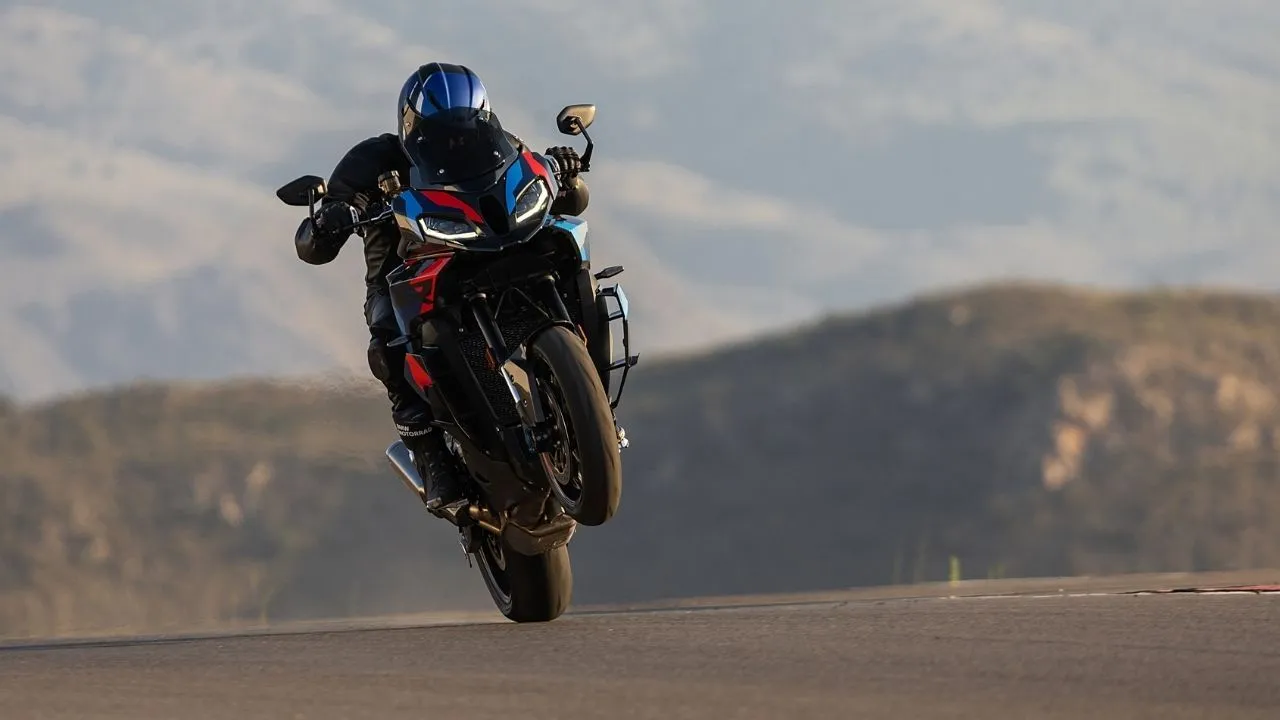
Ducati Multistrada V4 RS vs BMW M 1000 XR: Powertrain
The Ducati Multistrada V4 RS has a larger engine, but it makes less power than the BMW M 1000 XR. The former uses a 1,103cc Desmosedici Stradale V4 liquid-cooled engine developing 177bhp, whereas the latter draws power from the S 1000 XR-borrowed engine. Using the company's ShiftCam technology and titanium valves, the engine in the M 1000 XR is tuned to produce 198bhp, making it the world's most powerful tourer.
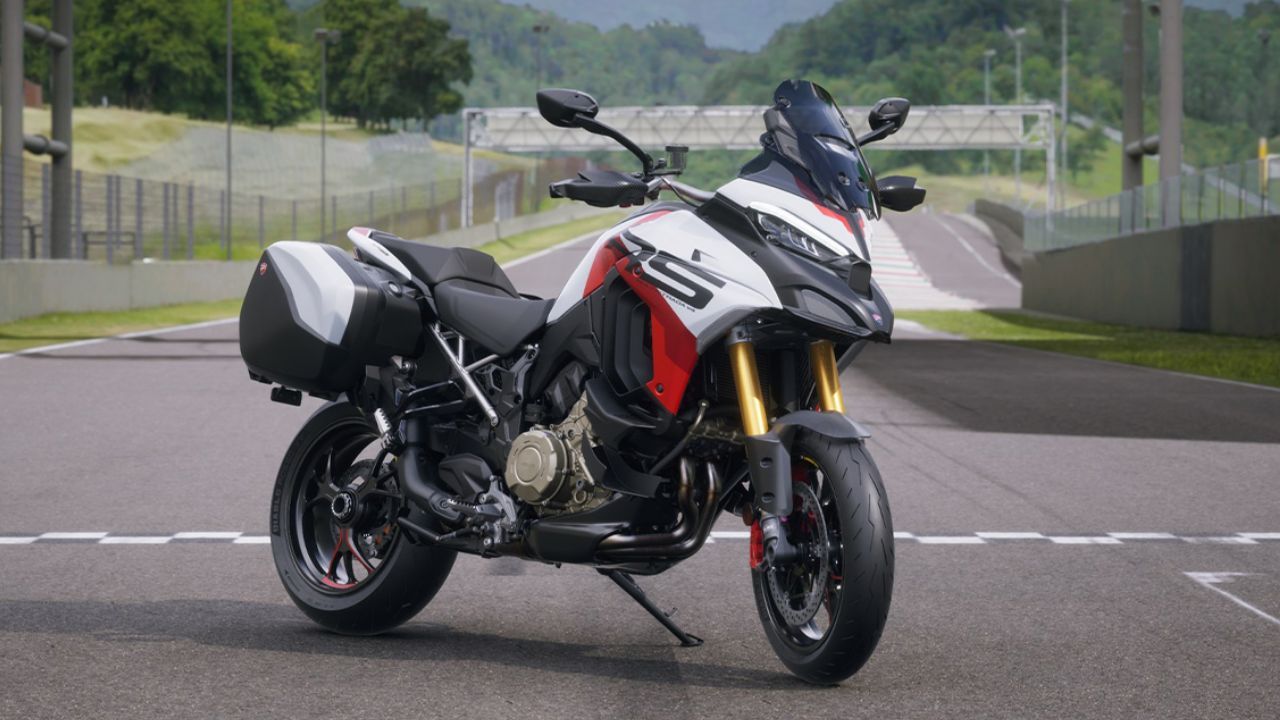
However, the Multistrada V4 RS brings more torque – 118Nm versus the M 1000 XR's 113Nm. Both bikes get a 6-speed gearbox with a bi-directional quick-shifter.
Ducati Multistrada V4 RS vs BMW M 1000 XR: Weight
Both sports tourers use carbon fibre, titanium, and billet aluminium components. At 225kgs (wet weight), the Ducati Multistrada V4 RS weighs around the same as the BMW M 1000 XR (223kgs, kerb weight).
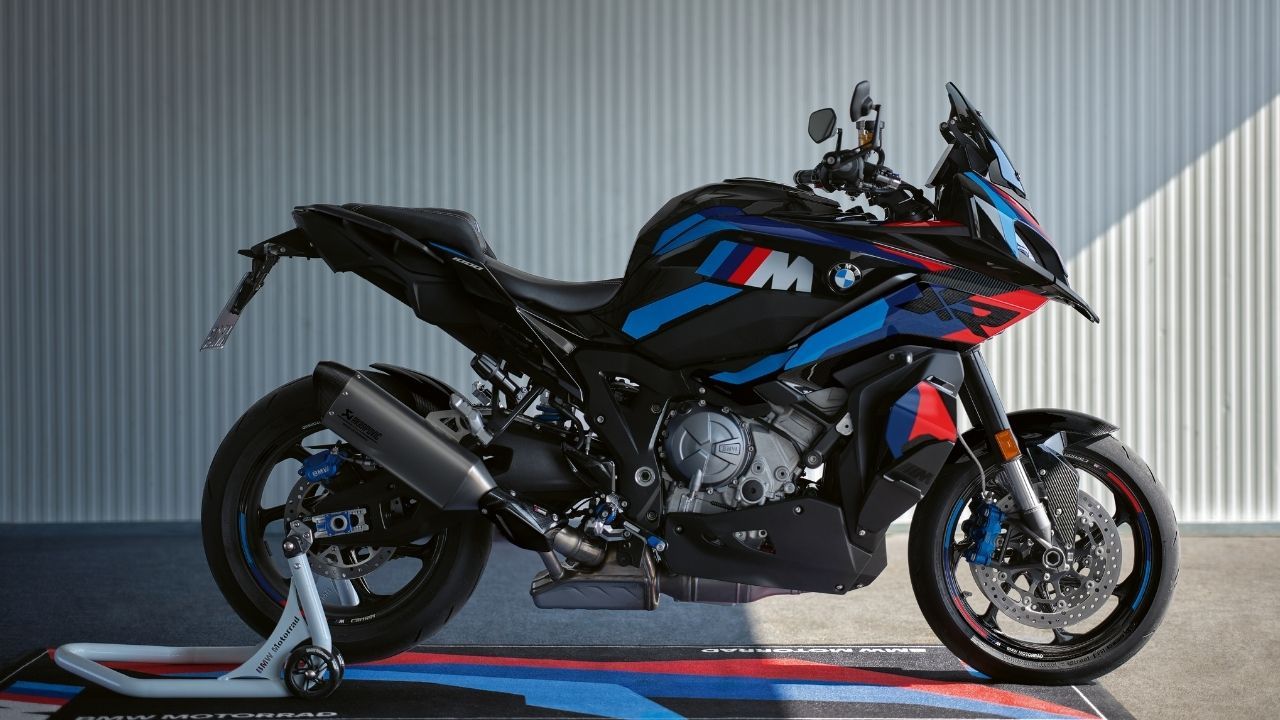
Ducati Multistrada V4 RS vs BMW M 1000 XR: Chassis
The V4 Rs uses a titanium rear sub-frame for enhanced robustness, which Ducati says is 2.5kgs lighter than that of the other Multistrada V4s, and a familiar aluminium monocoque main frame. The M 1000 XR, on the other hand, features an aluminium bridge-type frame with the engine as a stressed member.
Ducati Multistrada V4 RS vs BMW M 1000 XR: Suspension, Brakes
Both bikes get electronically-controlled Ohlins suspension bits; however, the Multistrada V4 RS has a 48mm upside-down front fork and a rear mono-shock, whereas the M 1000 XR's suspension system includes a 45mm upside-down and a rear mono-shock. Both bikes feature an aluminium swingarm.
The braking setup of the V4 RS consists of dual 330mm semi-floating front discs with Brembo Stylema monobloc four-piston callipers and a single 265mm rear disc with a Brembo two-piston calliper. On the other hand, the M 1000 gets a radial hand brake pump. The setup comprises 320mm dual discs with two four-piston BMW M Sport callipers at the front and a 265mm single disc with a two-piston floating calliper at the rear. Both bikes ride on 17-inch forged aluminium wheels.
Also Read: BMW F 900 GS, F 900 GS Adventure Bookings Commence in India
Ducati Multistrada V4 RS vs BMW M 1000 XR: Features
Both bikes feature a 6.5-inch TFT display, along with electronic aids including launch control, wheelie control, switchable ABS, cruise control, traction control, engine brake control, and multiple ride modes. The BMW M 1000 XR additionally offers a Race Pro mode, shift assistant pro, a pit lane speed limiter, and brake slide assist, whereas the Multistrada V4 RS comes with blind spot detection and a Full Power mode.
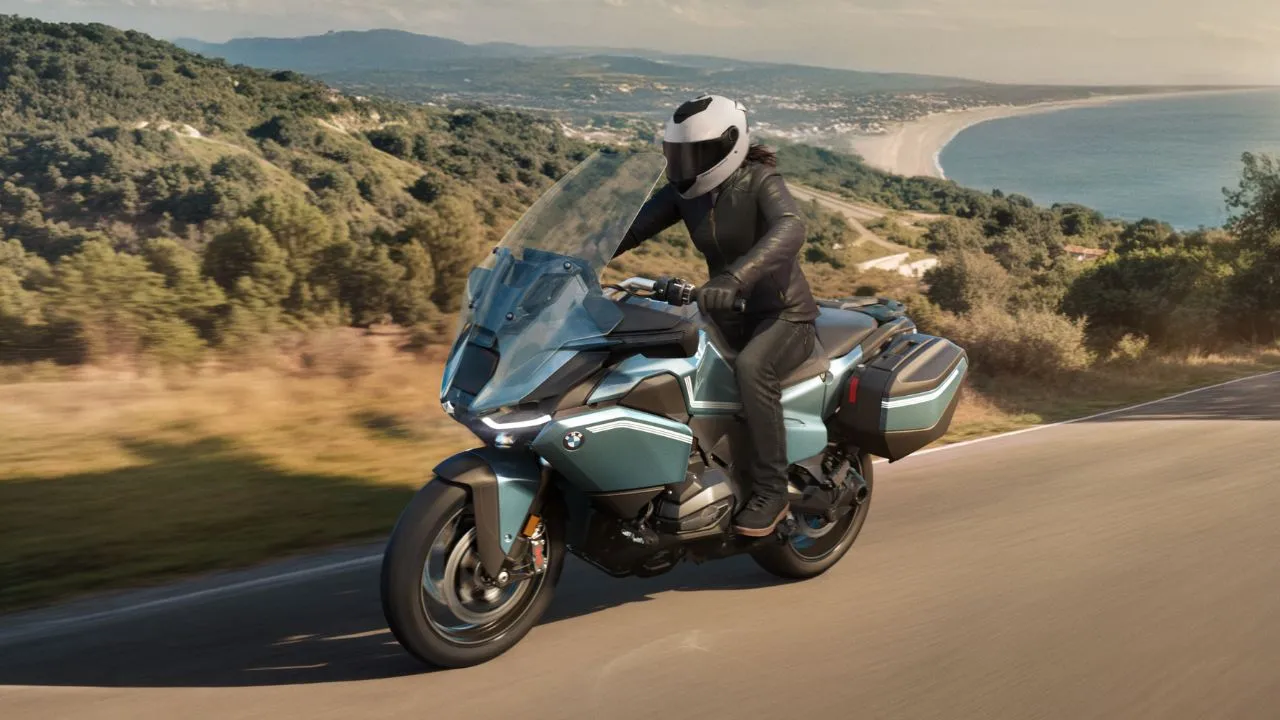
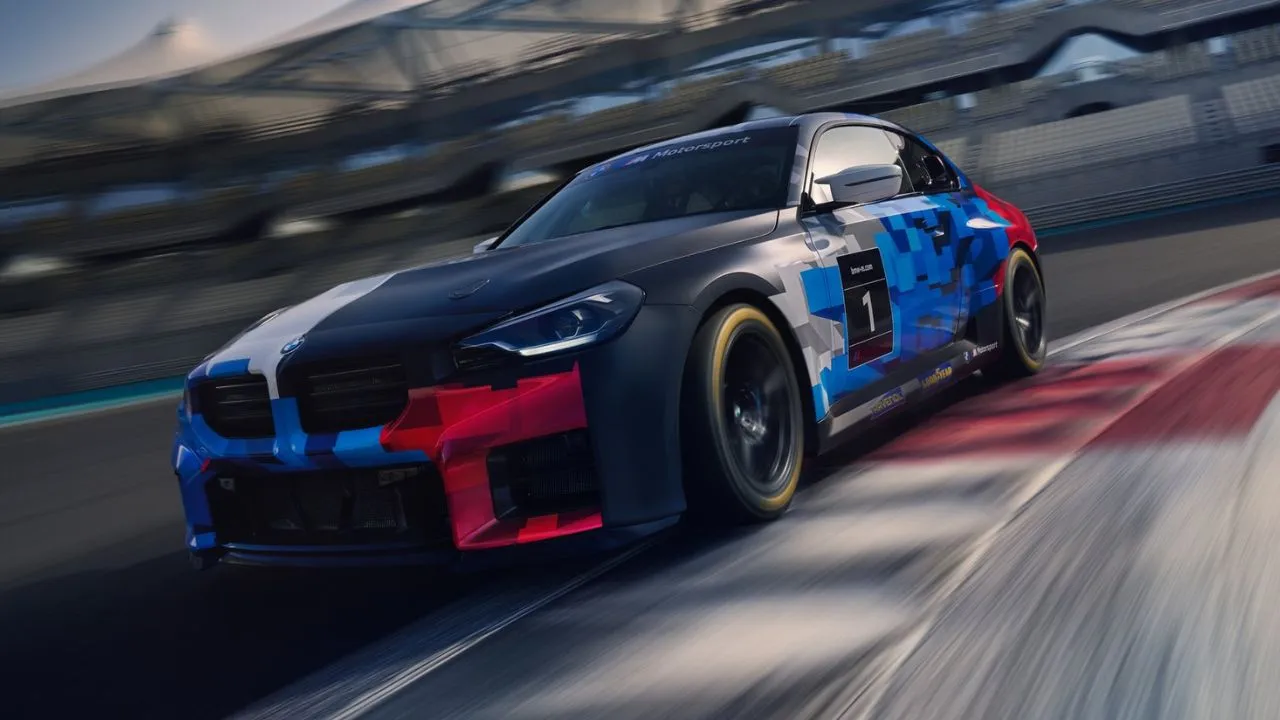
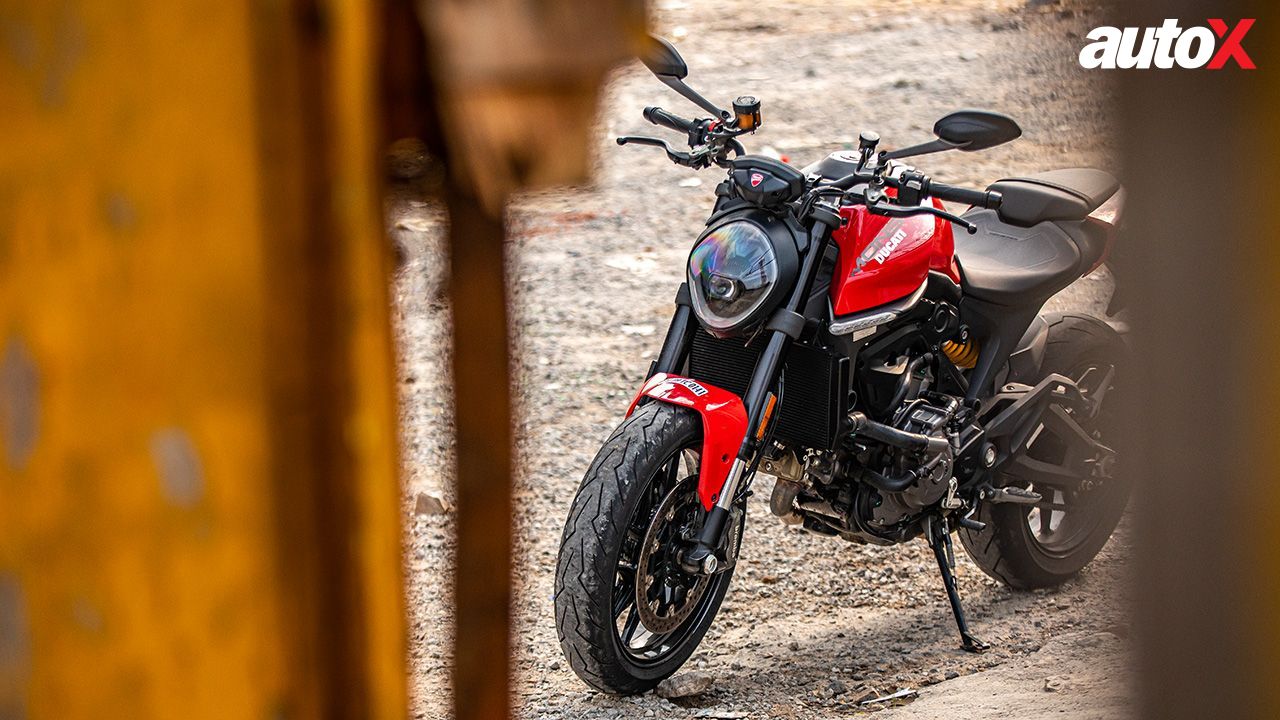


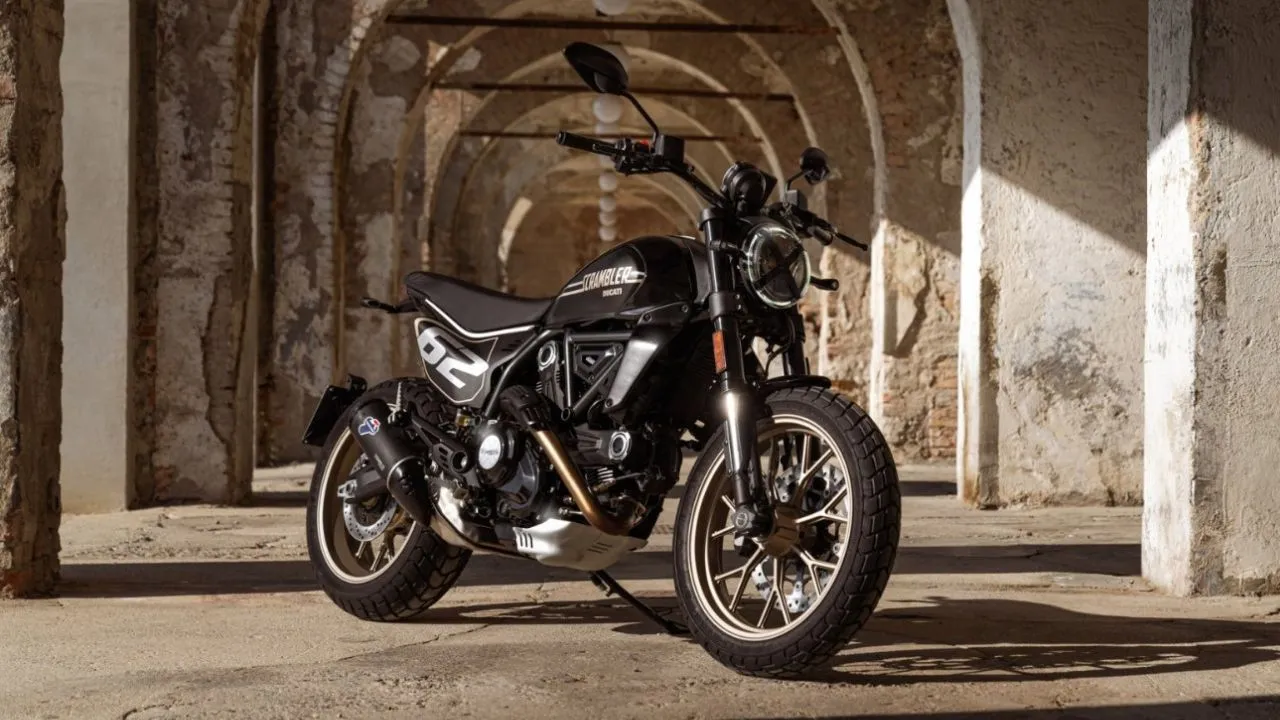
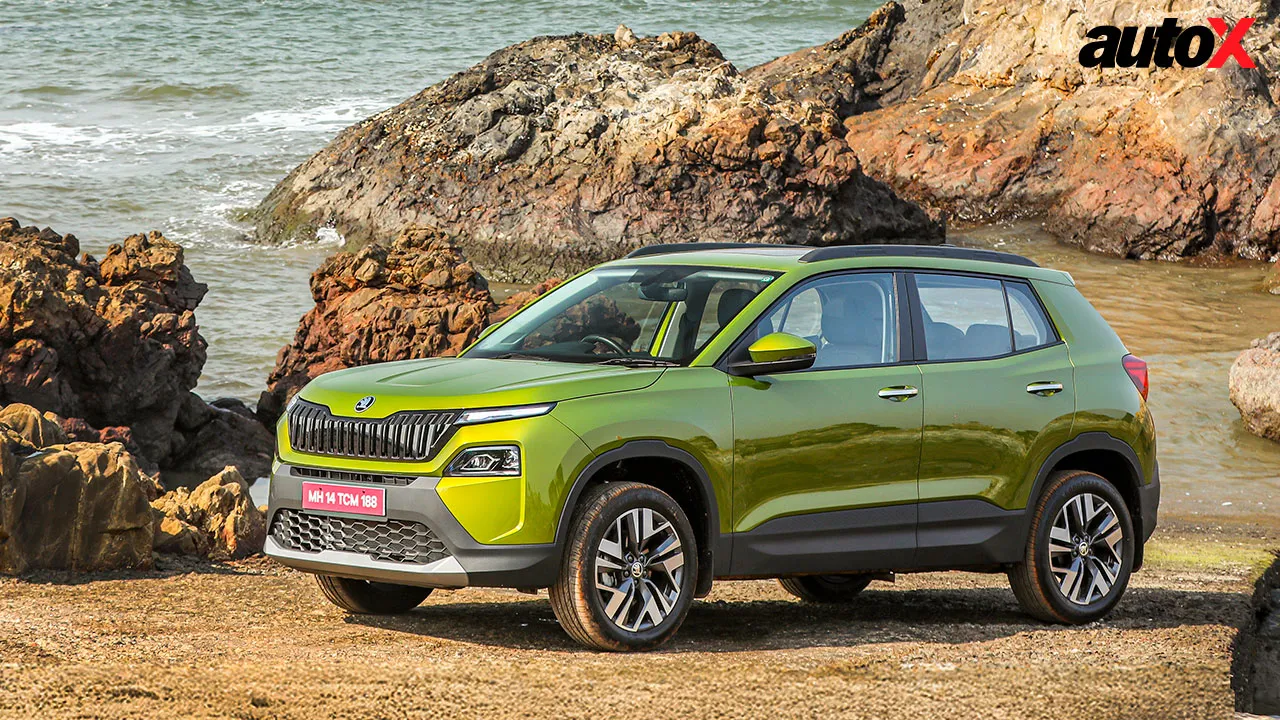
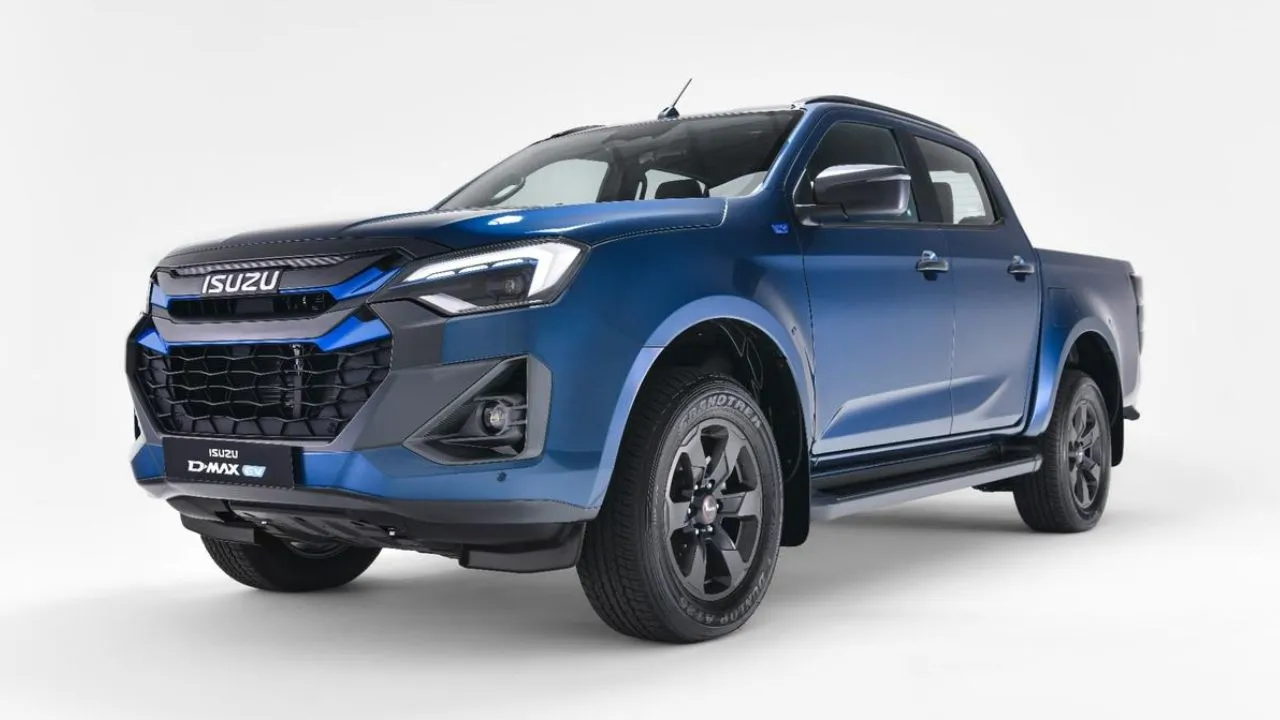
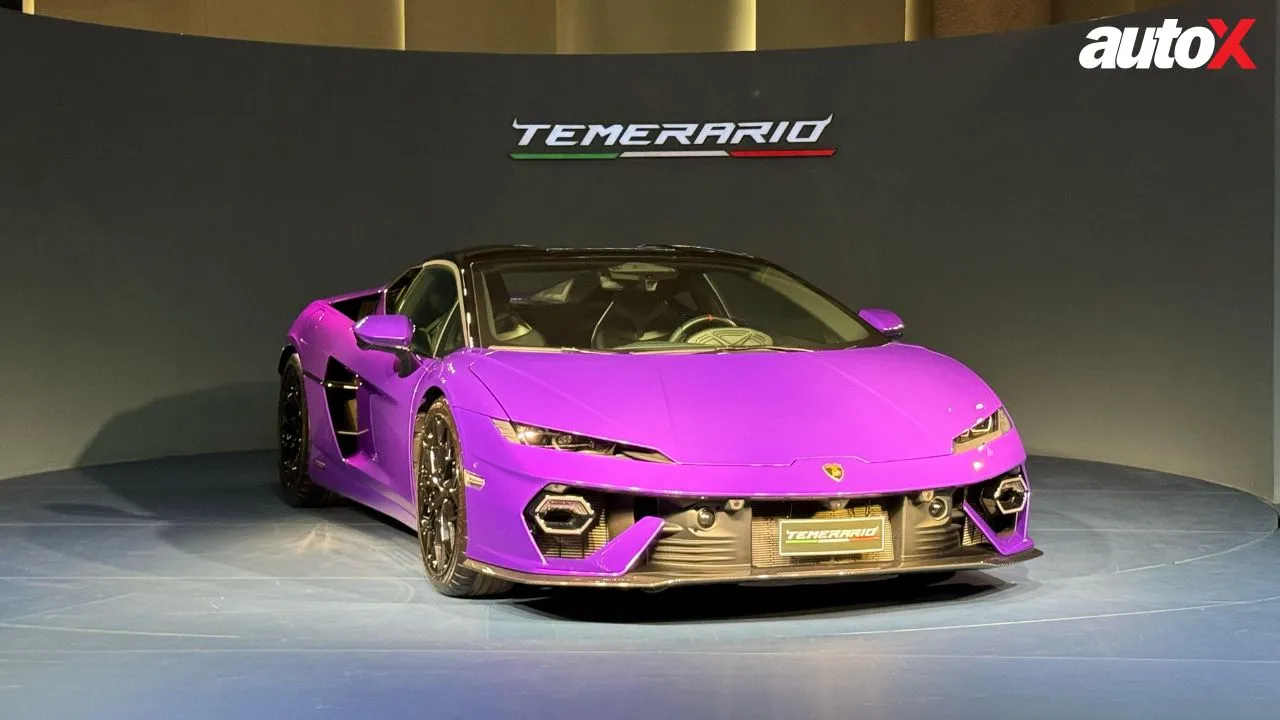
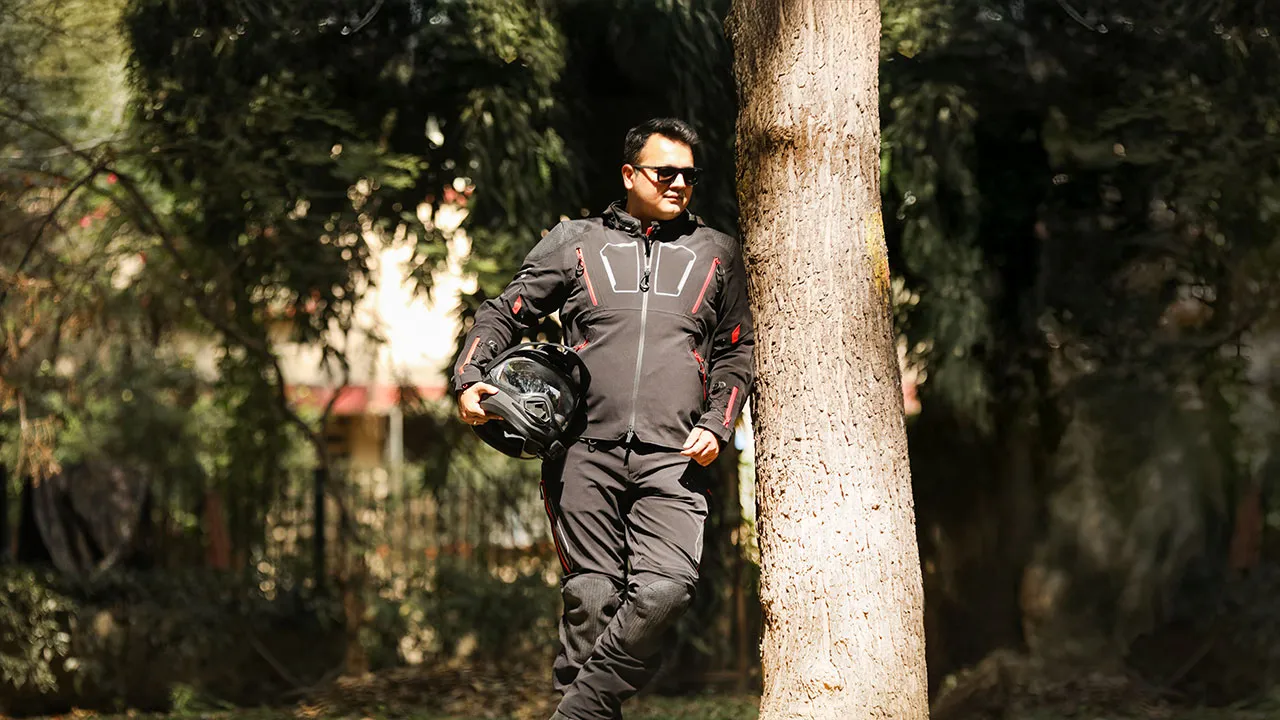
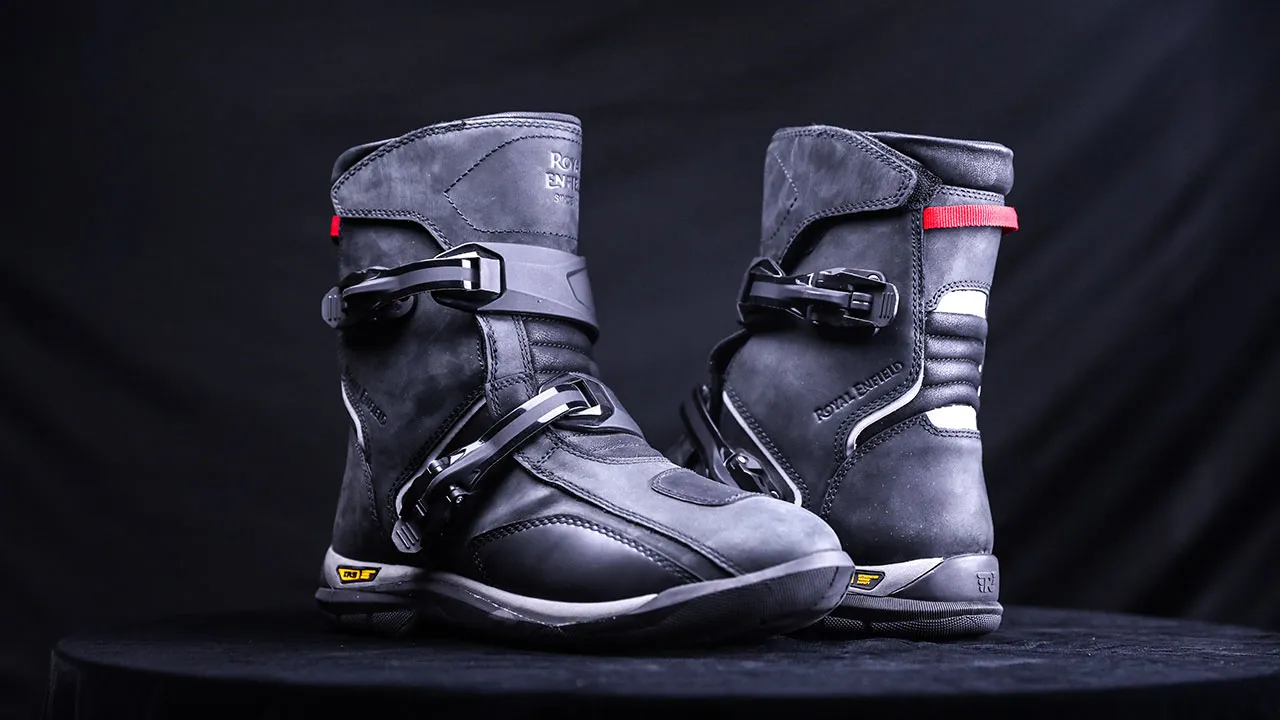



















Write your Comment on